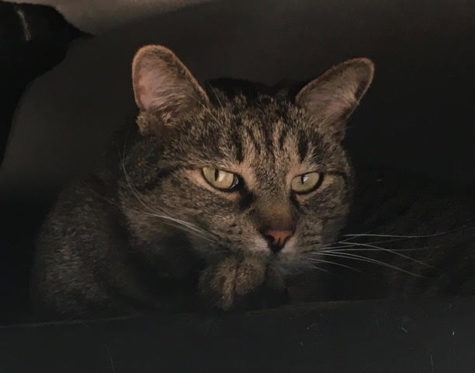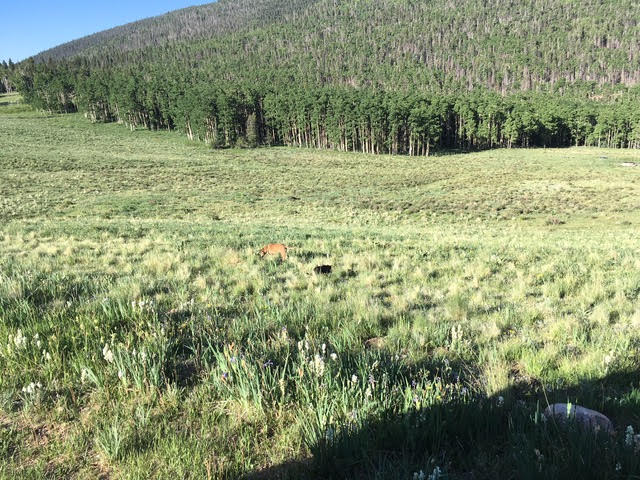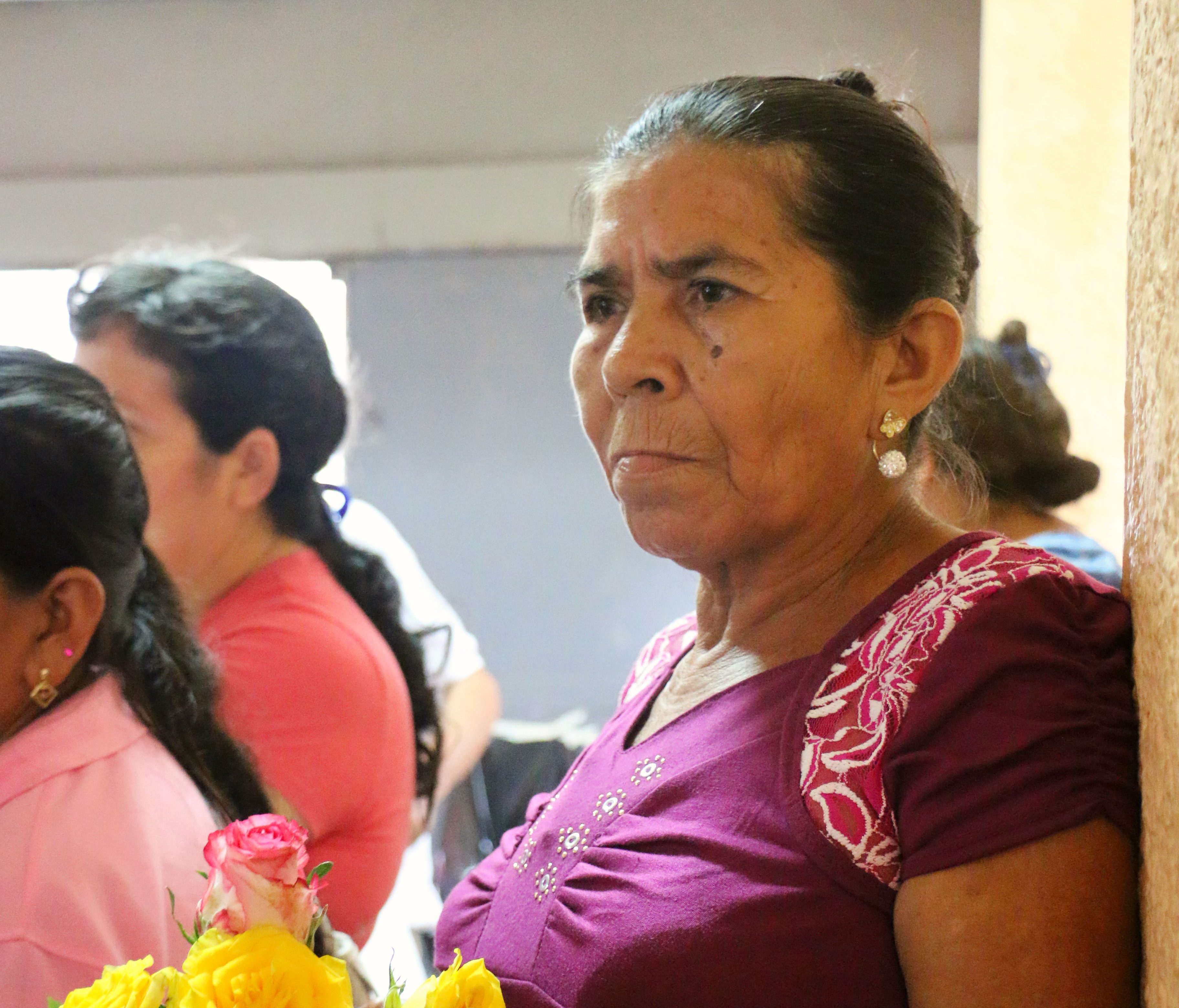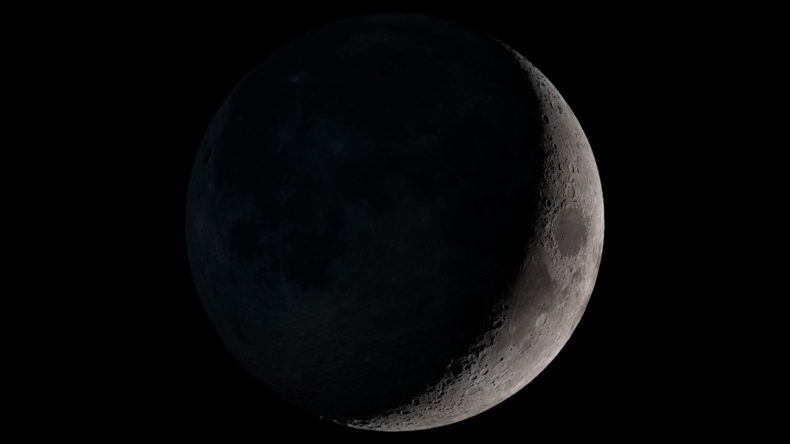 It’s been another year full of terror and destruction and to celebrate everything that makes us afraid, the Discovery Channel is hosting its annual fear fest, called Shark Week. But we at LWON have always felt that fear of sharks is just a cheap and easy way to tickle our amygdalae. And while we may be cheap, we are anything but easy. So we have come up with a full week of posts about animals that you really should be afraid of. They might seem cute and fluffy on the outside but at their worst, they are the stuff of nightmares.
It’s been another year full of terror and destruction and to celebrate everything that makes us afraid, the Discovery Channel is hosting its annual fear fest, called Shark Week. But we at LWON have always felt that fear of sharks is just a cheap and easy way to tickle our amygdalae. And while we may be cheap, we are anything but easy. So we have come up with a full week of posts about animals that you really should be afraid of. They might seem cute and fluffy on the outside but at their worst, they are the stuff of nightmares.
And at their best they are the stuff of those weird dreams that seem really vivid but make no sense once you wake up.
Can’t get enough Snark? Why not graze on the terrifying tales of Snark Weeks past:
Snark Week 2017, featuring abusive blackbirds, an immense, near-spherical raccoon, and the vile creature that will gnaw on your soul – and then poop on it.
Snark Week 2016, featuring testicle-eating assassins, chihuahua terrorists, and the animals so vile they come out of the womb with horns.
Snark Week 2015, featuring flesh-ripping alien fleas, bovine murderers, and the unfairly beloved animal whose terrifying extra neck vertebrae allows them to turn their terrifying neckheads 270 degrees.
Snark Week 2014, featuring squirrels hell bent on world domination, more feral roosters, and a furry virus that has spread across the United States to total devastation.
Snark Week 2013 – the very first! – featuring the ant that kills cows, the bird responsible for five deaths and $425 million in damages, and an animal so vicious he is known only as Little Red Bastard.






 July 9 – 13, 2018
July 9 – 13, 2018 When I turned on my phone over the weekend after a blissful week without cell service, I got an increasingly alarming series of messages from friends at home.
When I turned on my phone over the weekend after a blissful week without cell service, I got an increasingly alarming series of messages from friends at home.